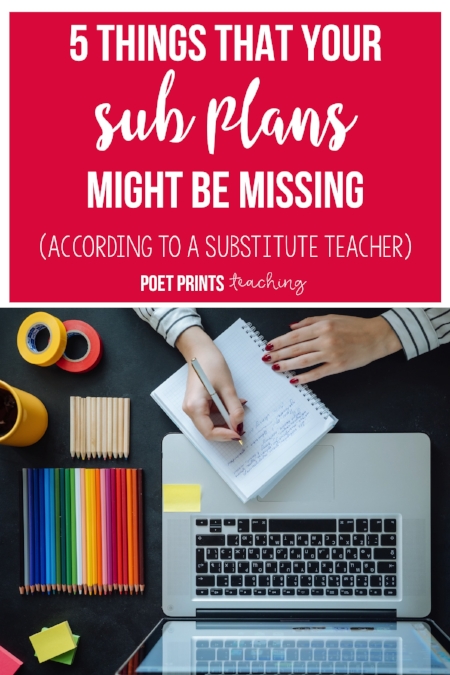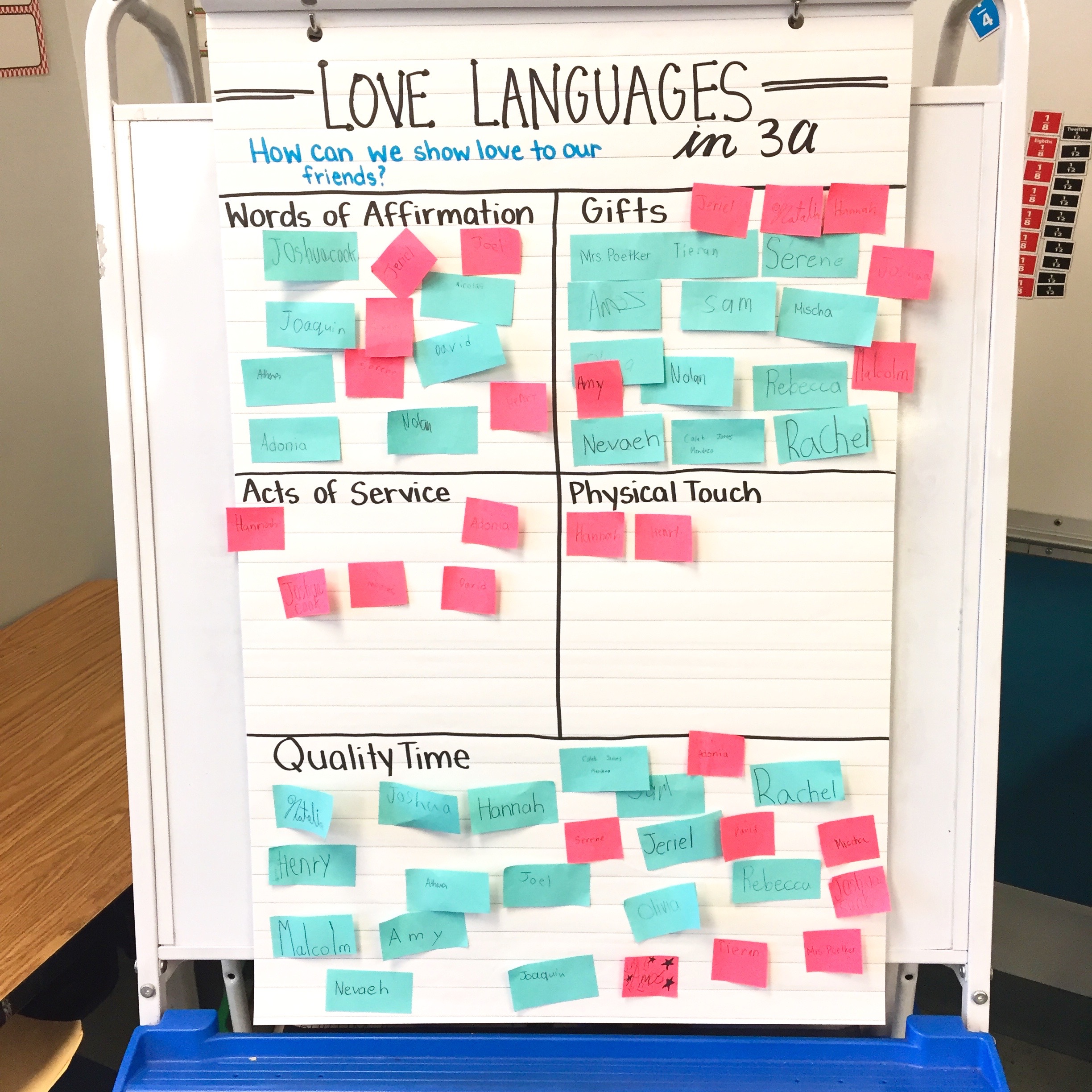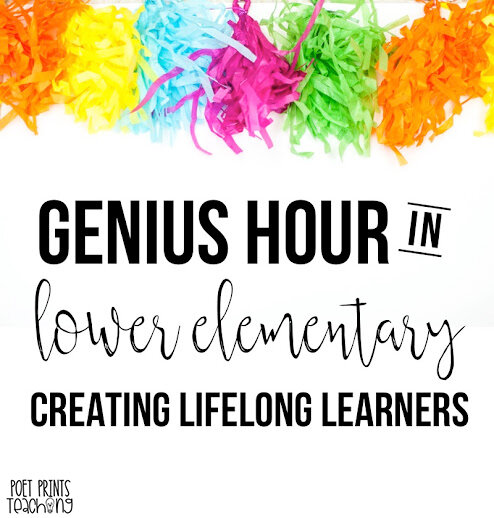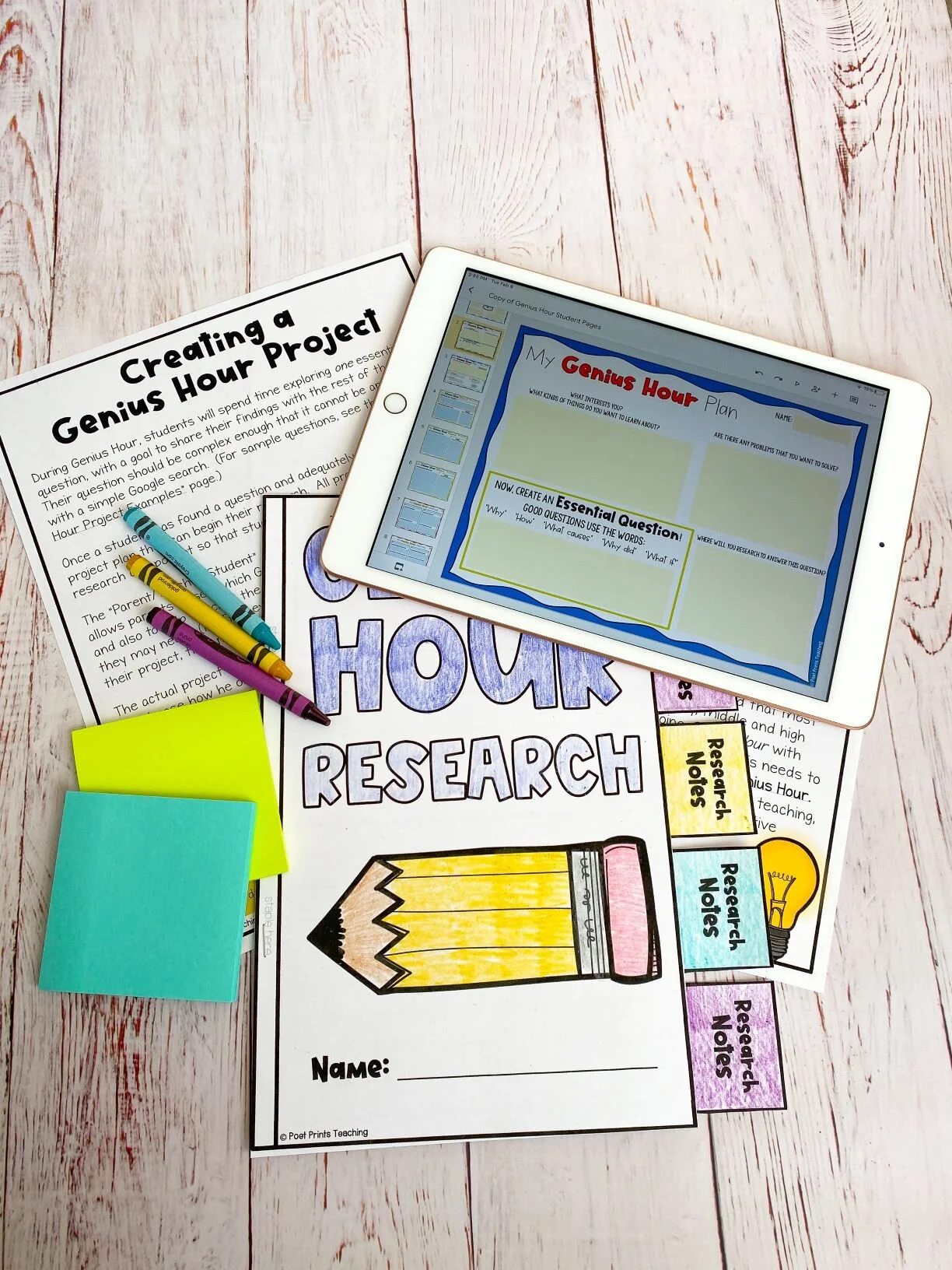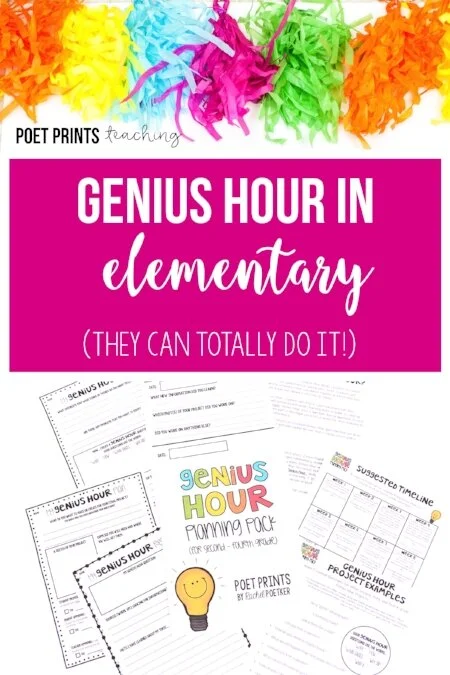This year, my teaching career looks very different from the past few. After university, I was super lucky to land a third-grade teaching contract, and I stayed there until this past June. After moving to a new city over the summer, I am trying something different. While we get settled somewhere into our new house and community, I am taking the year to be a substitute teacher in our local public district (or, as we call it up here in BC, a TTOC, Teacher Teaching On Call).
It's been fun to pop into many different grade levels for the day and see how different teachers and schools choose to run their classrooms. Most often, teachers leave me wonderful day plans with exactly what I need to teach each day. (However, I have been very thankful for emergency plans on days that there has been nothing left!)
In looking through many, many different 'sub plans' I've noticed that most are missing a few key pieces of information that would make my day, as a substitute teacher, so much easier. Here are the things I wish all sub plans would include:
Your Usual Attention-Getter
How do you usually get the attention of the students in your room? Are you a clapper? Do you do a call-and-answer? Do you ring a bell? Does someone turn the lights off? As a sub, it can be almost impossible to establish a new attention-grabbing routine in a day or two, and kids respond best to what they are familiar with. When a teacher leaves this key piece of information in his/her plans, it helps to set me up for success!
Extra Class Lists
So often, substitute teachers are only given one class list for attendance, and then it is required to go back to the office first thing in the morning. The rest of the day, I am without a complete class list. I love when the teacher has left a few easy-to-find copies of the class list somewhere readily accessible.
Important Routines
I have found that students thrive on routines, so when a substitute teacher arrives, they can be very thrown off by familiar routines that are not 'done right'. If you have an important routine in your classroom - morning meeting, end-of-day dismissal, birthday songs, line up, how centers are chosen, etc. write down the procedure to help different substitute teachers maintain the routines while you are away.
Off Limits Items
Regardless of how 'on' I am as a teacher, there will always be one or two students who try to get away with things that the classroom teacher would not normally allow. If there are things in your classroom that the students can't use, touch, or do - jot them down in your sub notes.
Student Notes
As a classroom teacher, you have days (and weeks, and months) to try and 'figure out' some of the tougher students. Substitute teachers have only minutes. If you have a student with special needs, or a student who may need some behavior help, write down some of the strategies that have been successful. As a sub, we want to help your students be successful, but the best way to do this is to partner alongside the work that you are already doing daily in the classroom.
Have I missed anything? Is there anything that you include in your sub plans that is a lifesaver for your students? Let me know in the comments below!




